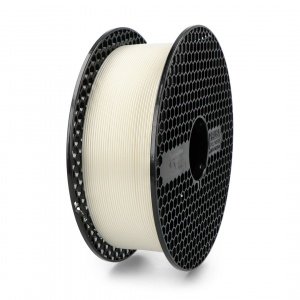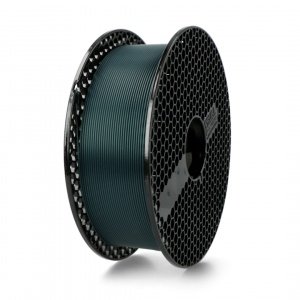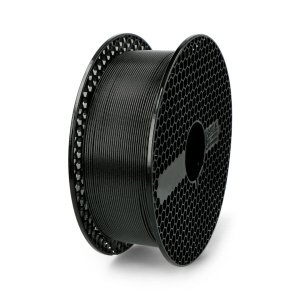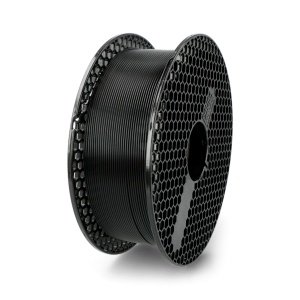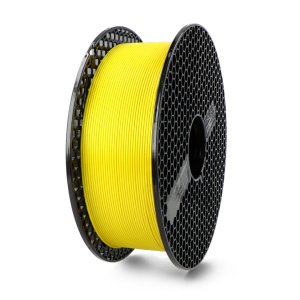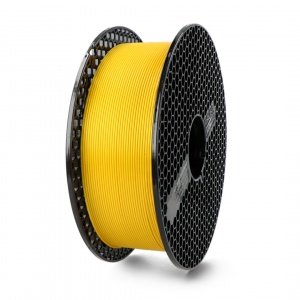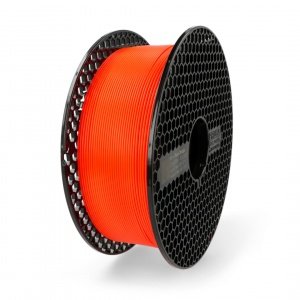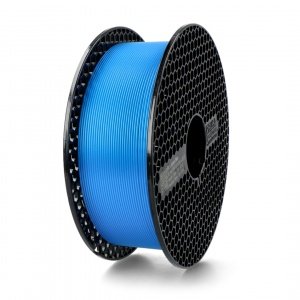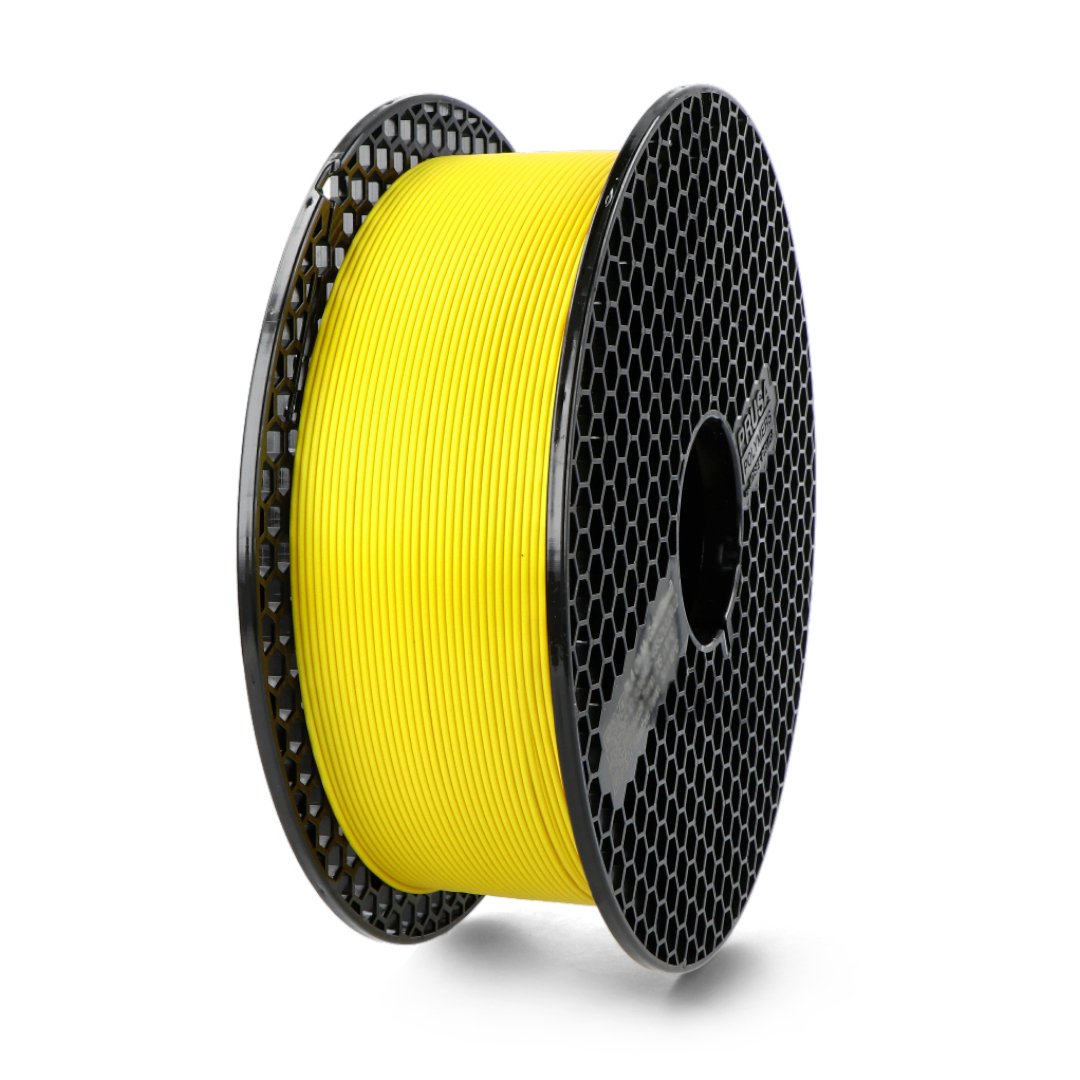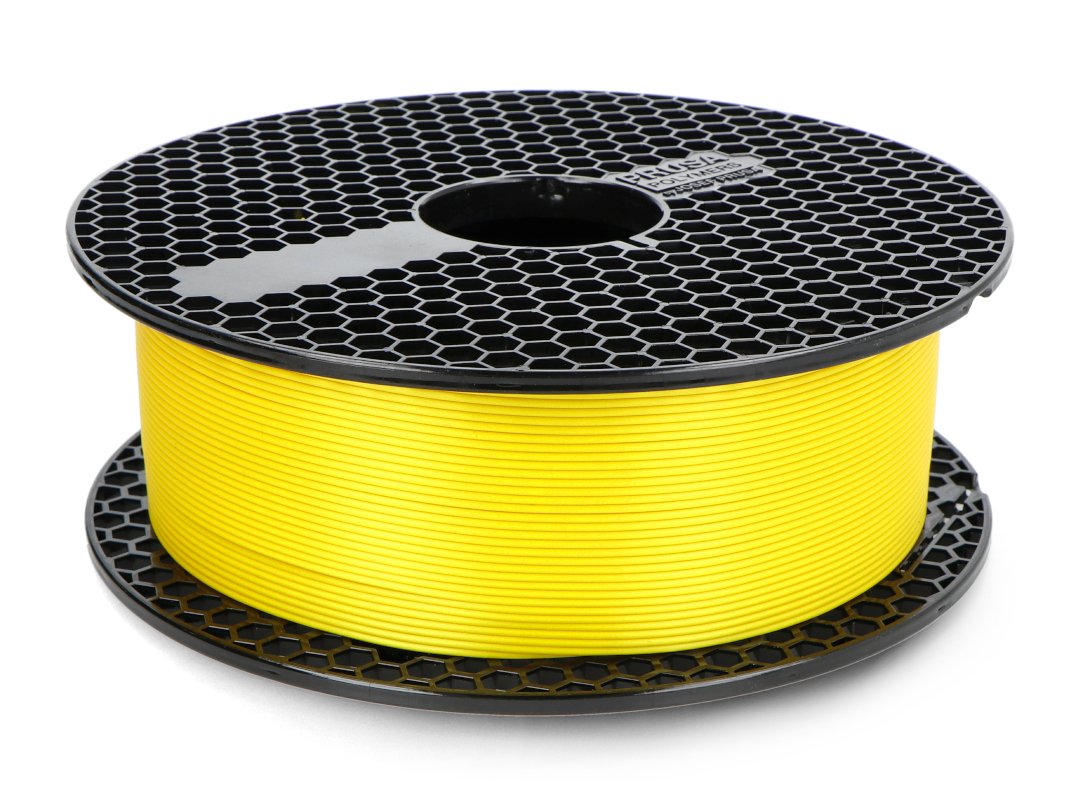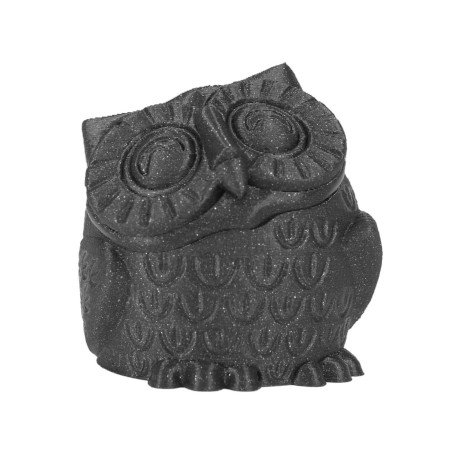- Reduced price
- SPECIAL OFFERS
Product description: Prusa PLA filament 1.75 mm 1 kg - Pineapple Yellow
Filament produced by Prusa , intended for 3D printers. Made of PLA , Pineapple Yellow color. Its diameter is 1.75 mm and the net weight of the material is 1 kg . Prusament is biodegradable and made from renewable natural raw materials. It can be repeatedly heated above its melting point without significant loss of properties. It is characterized by low temperature resistance and is intended for indoor use.
Properties of Prusement PLA
- Made of biodegradable raw materials
- It has a low melting point
- It can be repeatedly heated above its melting point without significant loss of properties
- Hard but brittle
- It has low temperature resistance
- Elements printed from PLA begin to lose mechanical strength at temperatures above 60°C
- It has low resistance to UV radiation, recommended for indoor use
- It is recommended to connect individual prints made using PLA material using glue
3D printing filaments in a nutshell.
Recommended filament printing parameters
| Head temperature | 215°C |
| Table temperature | From 50°C to 60°C |
| Print cooling | Recommended |
Due to differences in the design of printers, the above data should be treated as guidelines and appropriate values should be determined experimentally.
Biodegradable filament
PLA filaments are materials which are widely used in 3D printing. An important feature of Prusa's offer is the use of biodegradable raw materials - thanks to this you can reduce your impact on the environment.
Thanks to the use of modern technologies, the Prusa PLA 1.75 mm 1 kg Pineaplle Yellow filament offers many benefits. Choose proven, professional solutions that will enable you to create durable and visually attractive models.
Perfect choice for indoor use
Prusa products are always characterized by a high level of durability - it is no different in the case of the PLA filament 1.75 mm 1 kg in the Pineapple Yellow color. However, it is worth remembering about the appropriate conditions in which this type of material should be used.
A special feature of polylactic acid is its poor resistance to UV radiation and temperatures exceeding 60°C. For this reason, components made of this material should not be exposed to sunlight for too long.


































































































































































































































































































































